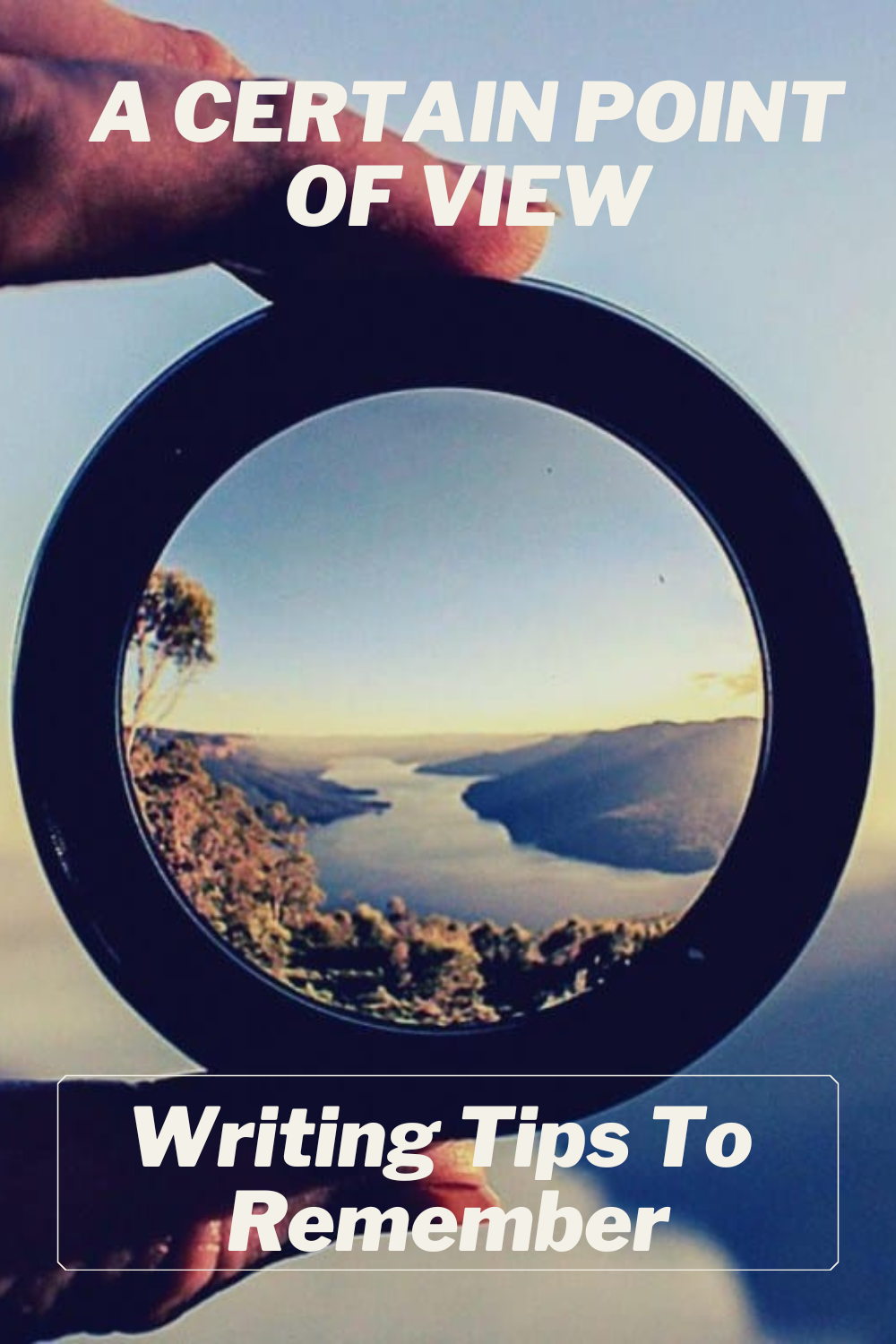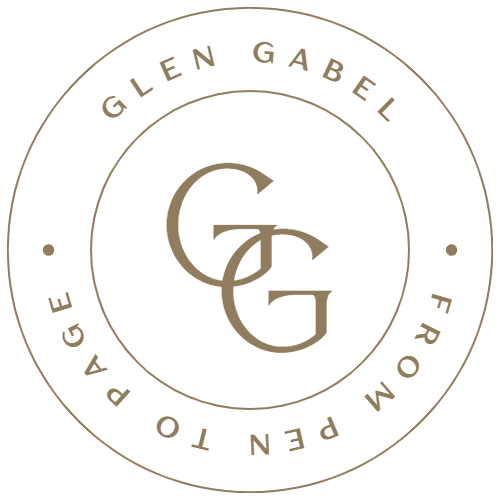
Writing is a demanding craft that forces an author to not only play out a story in a compelling way but to pull the readers into a world that can only be shown through words. The best tool in our arsenal for this daunting feat is point of view – yet so few people seem to have a grasp on how and why point of view is important.
As kids we’re taught to write essays and reports through narration.
“In 1492, Columbus sailed the ocean blue…”
This expresses WHAT happened but it’s not terribly interesting, it doesn’t suck us in. It’s a bit of fact (clumsily mixed in with a rhyme).
Here point of view can take the same stab at these facts and create a story.
“Christopher walked the expanse of the Santa Maria, and let his eyes drift across the endless plain of teal, indigo, and green that lapped onto the ship’s sides and stretched into the horizon. 1492 was a bad year for a voyage, rumors of war were brewing and neither France nor Italy had time or coin to invest in a trading venture. Chris had sunk the last of his money to oil the palms in Portugal’s Court, gaining an audience with King Ferdinand, and ultimately three hastily supplied scows for the trip.
Christopher let his hand run across railing on the deck, it was rough, cracked, and dull like ancient leather that had shriveled under the sun for years. The deck boards creaked in agony under his light footsteps and he wondered how many men might stand here before the planks gave way into dark bowels of the ship’s underbelly.
“Ye have a concern, captain?” Diego, the master-at-arms, eyed him warily.
“Red sky this morning.” Christopher mumbled, “Be ready for a storm by night. We’ve a long journey ahead.”
Granted this is just off the top of my head (so please don’t judge too harshly) but at the very least with the last excerpt the reader is drawn into THE SCENE. The scene conveys the facts of course, but it also gives the readers a visual, we see through Columbus’ eyes and get a hint of the worries that are on his mind. It delivers plot but it also conveys the character (and possible character arc or change that can take place). Even the bit of narration (tacked in the first and second paragraphs) is from Columbus’ mind – he has no great faith in his ships or his abilities to deliver on the trade deal. Culture, traits, and personality all come through when using perspective over narration.
Of course every writer worth their salt knows (at least in their heart) the difference here, but employing the right perspective in a story is a whole different matter. In school, we’re taught the simple point of views (POV) but only a few are most often used today.
The following is a bit of fact with some of my (biased) opinions on the subject:
First Person – I, Me, My: most often used in autobiographies, and occasional pieces of fiction. It’s a perspective that I feel really limits the storytelling since it basically only allows the readers to see the story from one pair of eyes. I’m not saying it can’t be done well but it does put a huge onus on the author to make an incredibly dynamic protagonist and tightly knit plotting.
Second Person – You. I always think of the old “Choose Your Own Adventure” books I read as a kid, “You walk into the creepy mansion, there is a door to your left and one to the right…” I’ve never seen this used much except in speculative fiction books.
Third Person Omniscient – He, She, They – This is a more common type of perspective and one used quite often in classic literature. The narrator bounces from head to head, perspective to perspective and allows us to see the story from all sides. Melville’s The Old Man and The Sea does this quite well:
“He was an old man who fished alone in a skiff in the Gulf Stream and he had gone eighty-four days now without taking a fish.
It made the boy sad to see the old man come in each day with his skiff empty and he always went down to help him carry either the coiled lines or the gaff and harpoon and the sail that was furled around the mast.
The old man had taught the boy to fish and the boy loved him.
Others, of the older fisherman, looked at him and were sad. But they did not show it and they spoke politely about the current and the depths they had drifted their lines at and the steady good weather and of what they had seen.
‘Yes,’ the old man said. He was holding his glass and thinking of man years ago.
As readers we see through the eyes of the old man, the boy, and even the other fishermen in the village , all in the same chapter and scene.
Third Person Limited – (see my Columbus excerpt above) – would be similar but constrained to one person/perspective per chapter (although I tend to break that rule a lot in my own writing with line breaks mid chapter and a bit of head hopping, a practice that’s not totally unheard of in modern fiction.)
So why the rubric on writing for this post? Because as authors we need to understand our tools if we’re to use them well. Whether you’re in the head of Tyler Durden from “Fight Club” or Rick from “Casablanca”, their view of the world shaped the stories they were in. So, don’t let narration supersede your characters’ points of view. Don’t rob your readers of an amazing visual and scene in their head because you want to push the plot forward.

